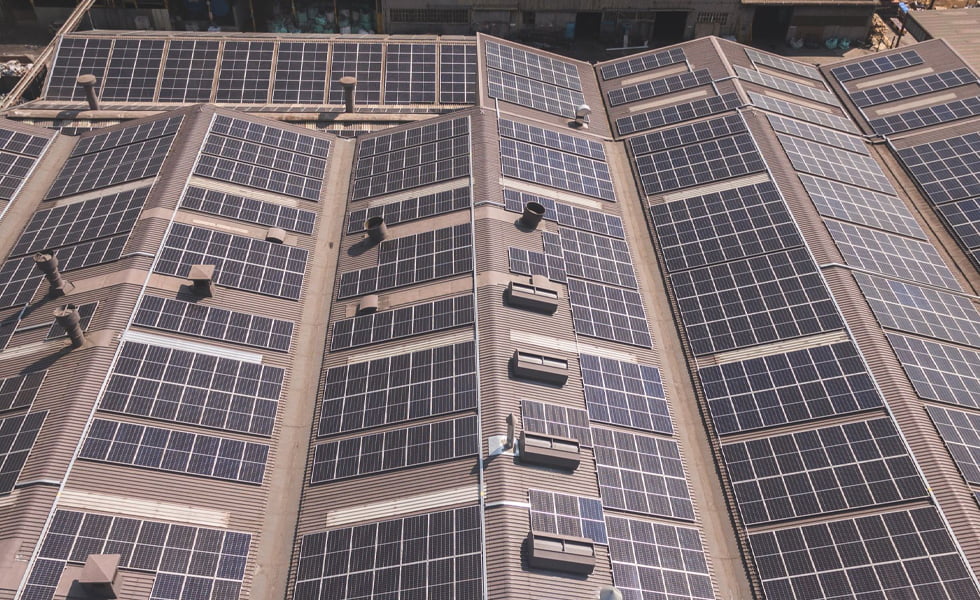
A research team led by Dr. Jung-dae Kwon from the Department of Energy and Electronic Materials at the Korea Institute of Materials Science has successfully realized the world's first transparent thin-film solar cell on a flexible substrate that can exhibit different reflective colors without Significantly reduces solar cell efficiency. The results of the research were published in the Journal of Chemical Engineering.
This is a technique to achieve reflective color in a single material by periodically adding hydrogen to induce a difference in refractive index in aluminum-doped zinc oxide as a transparent electrode.
By designing multilayer films with extremely low refractive index differences (less than 5%), reflection losses in the visible light region absorbed by the solar cell device are minimized. This technique can be applied to various absorbers for thin-film solar cells since the realization of color hardly reduces the efficiency of solar cells.
Furthermore, it is expected to become a benchmark for improving the aesthetics of transparent thin-film solar cells on flexible substrates for BIPV (Building Integrated Photovoltaic) and VIPV (Vehicle Integrated Photovoltaic).
So far, multi-layer thinning technology for materials with large refractive index differences, color-controlled thin-film coating technology to engineer optical properties, and structural color technology to mimic natural structures have been used as color applications to improve the aesthetics of transparent thin-film solar cells method. However, due to the wide reflection band, high reflectivity, or the need for complex technologies, it is difficult to realize industrial application in terms of two or more materials and processes, and these technologies are not suitable for solar cells that absorb visible light.
Using the vacuum sputtering deposition method used in general semiconductor and solar cell manufacturing processes, the research team formed multilayer films with different refractive indices through periodic hydrogen reactions while depositing zinc oxide films. Then, they obtained the three primary colors of light by adjusting the thickness of the multilayer film. At the time, even when applied to solar cells that absorb light in the visible range, the color of the electrodes was well realized.
Multilayer transparent thin-film electrodes based on a single material do not require additional processing, and are expected to realize high-efficiency thin-film solar cells of various colors at low cost. In addition, since reflective color is realized as an optical filter, it can be applied in various fields such as image sensors, photosensors, optoelectronic elements, optical communication, optoelectronics, etc.
Lead researcher Dr. Jung-dae Kwon said: "When this technology is commercialized, it will help develop simple, processing-free filter technology and efficient colored flexible substrate transparent thin-film solar cells to realize modern buildings with aesthetic features. BIPV system and vehicle VIPV system."
This research was conducted under the Basic Research Project of the Korea Institute of Materials Science and the Energy Technology Development Project of the Korea Institute of Energy Technology Assessment and Planning. On this basis, the research team is actively carrying out follow-up research to develop solar modules that can express colors from the aesthetics and practicality of BIPV solar panels.
